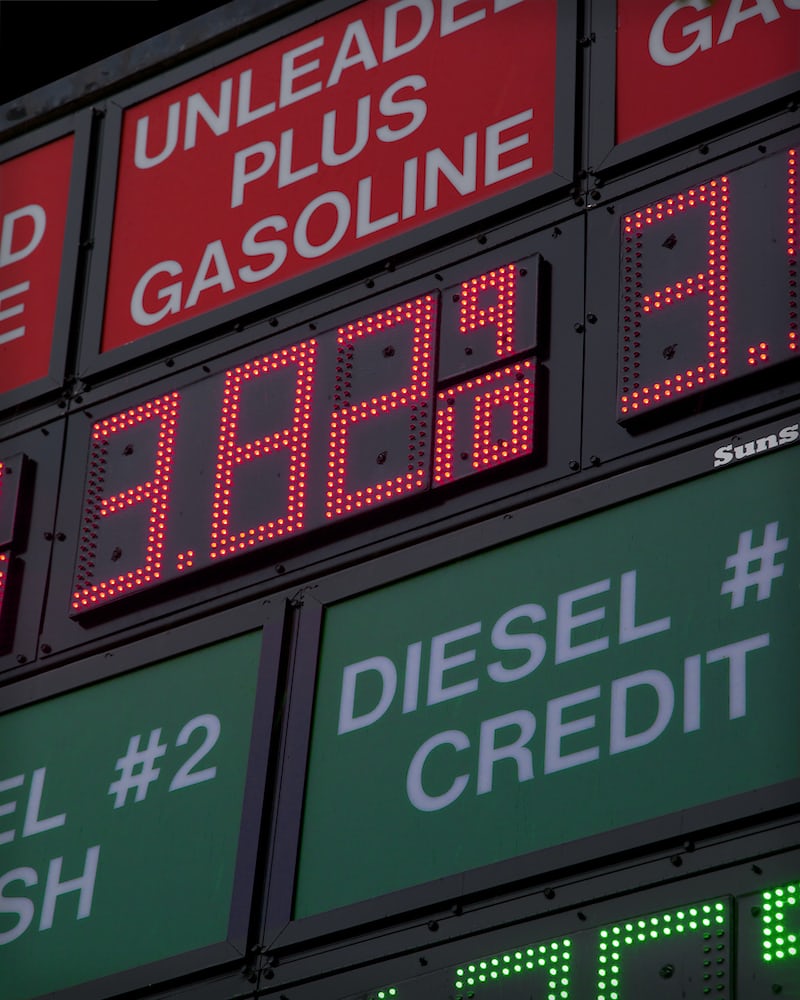As an investor and consumer in this hyper-competitive fast-paced inflated world, the easiest choice is to stay complacent and do nothing.
After all, if you do nothing, no one will ever say anything, however, is that a choice your future self will be proud of down the line? I didn’t think so.
As a result, with more knowledge, resources, communities, and platforms at your disposal than ever before, finding the silver linings even during bear market shaky times is necessary to keep going and prevail against the crowd.
After all, time in the markets > timing the market. Oftentimes success is really masked as patience and sticking to something long enough will eventually yield good fortune.
Having a plan in mind will pay off over time if responsible and prudent enough.
Although most investors and borrowers are told to buckle up in the short-term when dealing with rate-sensitive debt such as mortgages, credit cards, and or auto loans since they are at their highest rates since the Great Financial Crisis of ’08, looking at the bright side of cutting back on frivolous spending and weighing what’s really needed to hold onto will keep you most financially sound and ironically, in great shape as well.

How Higher Rates Could Pay Off
Historically known as one of the most volatile months of the year, September 2022 isn’t holding up too well.
Currently markets are wavering, nearing or in bear market territory for many indices after the Fed hiked rates by a historic pace of 75 bps (¾%) of a percent last week. This has sent the Nasdaq into its worst two-week stretch since March 2020, the S&P 500 down more than ~25% YoY and Dow nearing bear market territory at this point.
If you haven’t heard, check out my latest articles on how to take advantage of guaranteed U.S. gov’t returns by deploying your cash in cash-equivalents and through non-traditional real inflationary-proof assets such as real estate, artwork, natural resources, infrastructure, and farmland. With short-term yields due to the treasury inversion, this is the way to go to get back the most purchasing power.
With the Fed expecting to hike by another 2–3x until 2023 to curb inflation and get it back to its target of 2% and the FFR rate around 4%–4.15%, this sell-off is unlike any other ‘recessionary’ like environment we’ve witnessed in the past.
Even the Dotcom crash, Housing Crisis and brief March 2020 correction didn’t feel the same as today’s environment however that may be a good sign.
Who knows! With rampant inflation, supply chain constraints, and job cuts, we may be in a current recession and not even know it!
In that case, treating higher rates as a learning lesson to cut back on spending and take care of yourself, physically, mentally and of course, financially may be the most prudent move to take away from these tumultuous times.
Once you’ve taken care of your emergency savings and stuck with a diversified solid passive income plan to weather any storm, going against conventional wisdom particularly now during a bear market would be the most opportune move to be able to possibly build that dream business you’ve always yearned to get started on, shed those lockdown pounds, clean out that garage/closet, find a deal in the housing market as an attractive cashed-up buyer in this less speculative market, and or possibly seize that revenge dream body you’ve promised yourself since 1982.
As Buffet pronounces, “be greedy when others are fearful” and vice versa! This still holds true, especially in this state of the market.
Although inflation hurts, it doesn’t have to if your spending and consumption are moderated. The best moves for free cash these days are tapping into money-market funds, I Savings Bonds, and maxing out your employer-sponsored retirement funds for a free match! Focusing on the future is the best forward-looking indicator you can pay attention to as an investor at all times.
One helpful example anyone can follow on how consumers are embracing inflation and letting it work for them instead is with curbing their consumption on pricey items, especially at the grocery store and pump.

Recently there’s been a considerable uptick in consumers opting for more vegetarian options at restaurants and on grocery store shelves, sticking to vegetables, beans, and alternative sources of protein instead of meat, fish, and poultry that hit the wallet hard.
Given you can only cut back on so much before you lower your quality of living by a considerable amount if you’re able to and know there are fruitful benefits to doing so whether it be at the pump and walking more to cutting back on processed foods and meat, try it! After all, just like with inflation, hopefully, it’s temporary and helps you build better habits to unlock a more resilient mind and body in the future.
In general, the less we eat, the better we feel and perform overall. In this case, inflation is a hidden motivator in plain sight!
Even this summer working 60+hr weeks on Wall Street and losing 10–15 lbs a month, I’m convinced the food-to-exercise balance to stay lean and energized is a ratio of 85/15, not 80/20.
Ironically, although I was sitting at the desk all day, I ate less than ever before and barely exercised yet I still performed and looked better than ever before!
As long as you don’t deprive yourself and know it’s for the better, go for it!
After all, just like with savings, if it doesn’t hurt, it isn’t enough!

